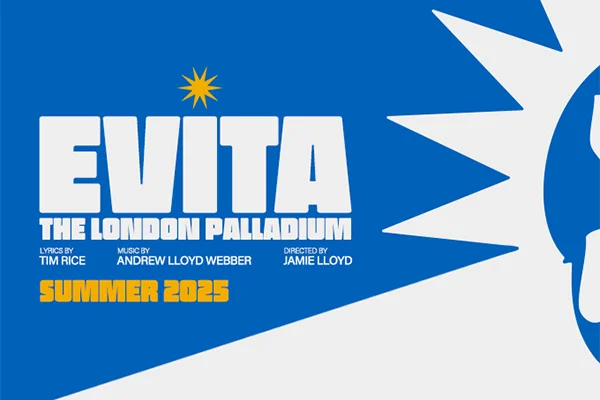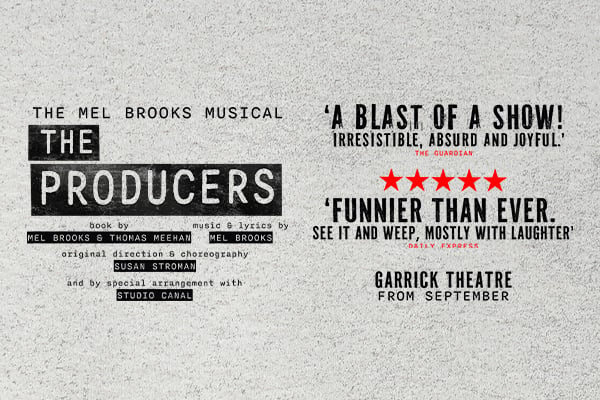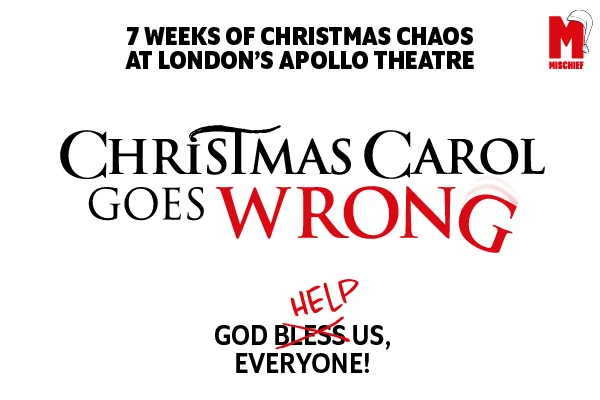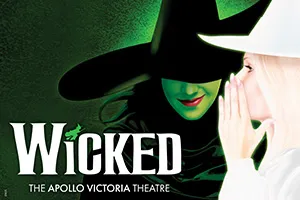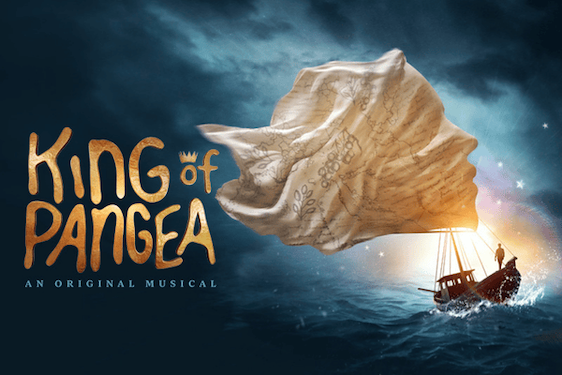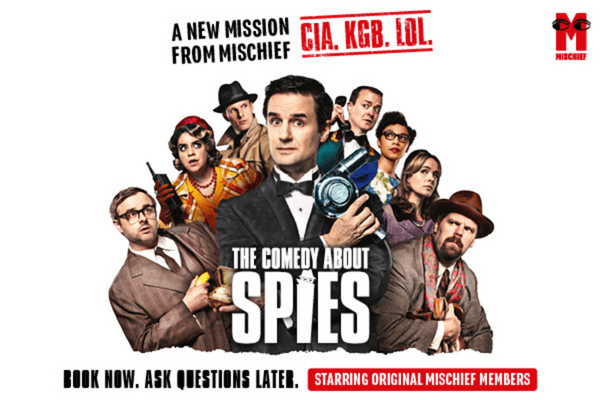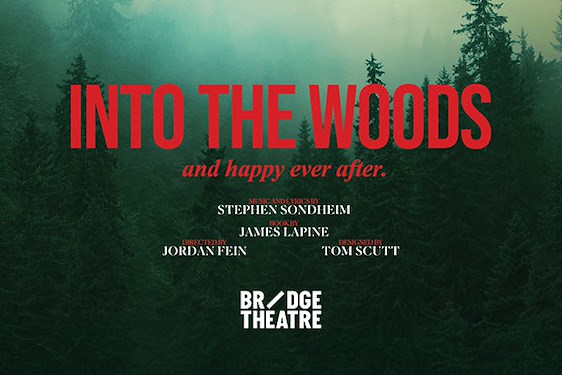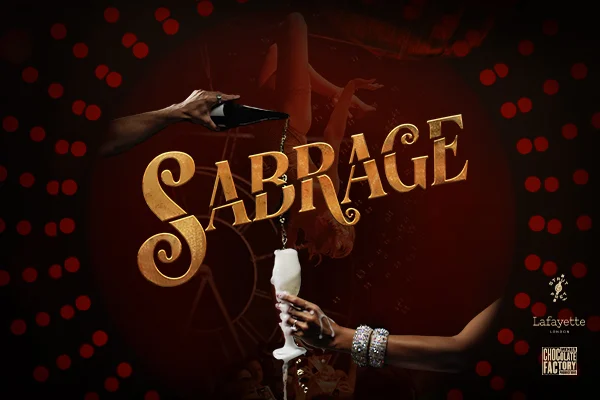The
The exhibition faces the challenge of telling a coherent story out of a concept that has been much overworked and misunderstood.
There are four rooms laid out both chronologically but also thematically, exploring different ways of understanding what we mean by ‘Celts’. After a general introductory room—featuring the impressive two-faced sandstone statue made 2500 years ago in today’s Germany—there is an archaeology-centred look at the ancient tribes of Northern Europe. They were referred to as Celtic despite the fact that they were diverse peoples, however the displays show the aesthetic style that they share, and which contrasts with the realism of Classical Greek and Roman art. This Celtic style of curves, swirls, and lurking animals is our continuity into the next two rooms which look at the influence of the Roman Empire and the Christian world it left behind, focusing on Britain and asking questions about the ways in which cultures interact and what effects this has on identity. The final room frames these questions in terms of our own historical understanding by looking at the resurgence of ‘Celtic’ as a term to understand Britain’s past throughout the seventeenth, eighteenth and nineteenth centuries, especially in the context of Irish, Scottish and Welsh understandings of national identity. Of course, plenty of these issues sound familiar in today’s world, and the well-written signs bring to attention some of the similarities when thinking about migration, cultural identity and nationalism.
The displays feature many artefacts, from statues to swords, cauldrons, jewellery, standing stones and paintings; some objects, such as the impressive carnyx (a type of horn) and the chariot, have been reconstructed from the available evidence. Informative and thoughtful signs and video displays help us navigate through this material, and there are interactive screens to for more in-depth information.
The exhibition faces the challenge of telling a coherent story out of a concept that has been much overworked and misunderstood, and in response to this it is both comprehensive and detailed on what it means to talk about the Celts—both who they were, and how we understand them.









